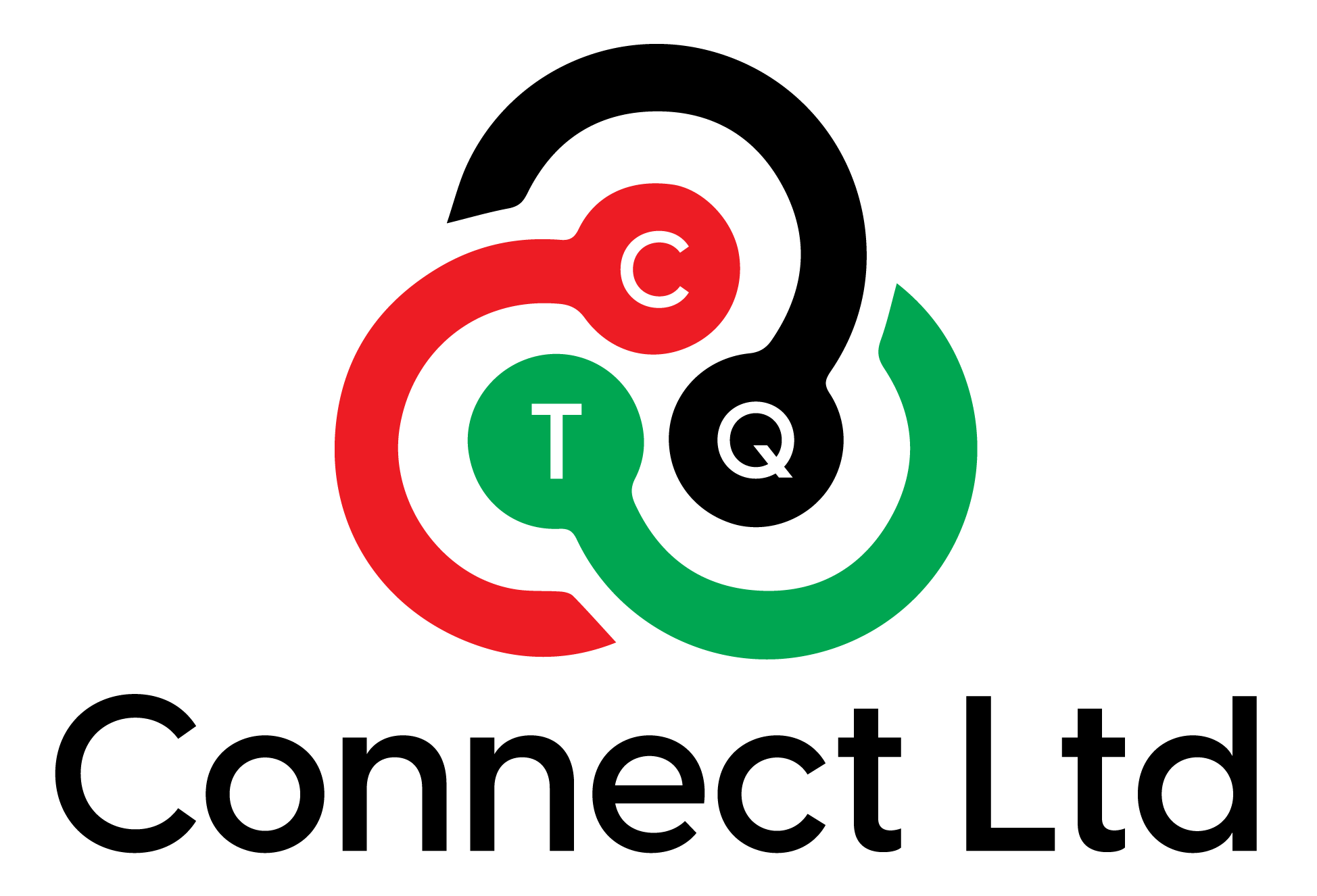In the dynamic world of business, effective stock and inventory management stands as a cornerstone of operational success. It’s a critical component that impacts everything from cash flow and customer satisfaction to overall profitability. For businesses, whether small startups or established enterprises, mastering inventory management is not just a matter of efficiency but a strategic advantage. Here’s a closer look at the essentials of effective stock and inventory management and how it can drive your business forward.
Understanding Stock and Inventory Management
At its core, stock and inventory management involves overseeing the flow of goods from manufacturers or suppliers to warehouses and eventually to customers. It encompasses the processes of ordering, storing, and using inventory efficiently. The primary goals are to ensure that inventory levels are sufficient to meet customer demand while minimizing excess stock and associated costs.
Key Principles of Effective Inventory Management
Accurate Forecasting: Predicting future demand is crucial for managing inventory effectively. Utilize historical sales data, market trends, and seasonal fluctuations to forecast demand accurately. Advanced analytics and forecasting tools can enhance precision and reduce the risk of stockouts or overstocking.
Inventory Control Techniques: Employ various inventory control methods to maintain optimal stock levels. Techniques like Just-In-Time (JIT), Economic Order Quantity (EOQ), and ABC Analysis help balance inventory costs with service levels. JIT minimizes inventory by ordering goods only as needed, EOQ determines the ideal order quantity to minimize costs, and ABC Analysis categorizes inventory based on its importance.
Efficient Replenishment: Establish a systematic approach for replenishing inventory. Automated reorder points and inventory tracking systems can signal when to reorder items based on predefined thresholds. This helps prevent stockouts and ensures that you always have sufficient inventory to meet demand.
Regular Audits: Conduct regular physical counts and reconciliations to verify the accuracy of inventory records. Cycle counting, where a portion of inventory is counted on a rotating basis, can help identify discrepancies and address issues without disrupting operations.
Technology Integration: Leverage technology to streamline inventory management processes. Inventory management software and systems can provide real-time visibility into stock levels, automate reorder processes, and generate insightful reports. Integration with other business systems like ERP (Enterprise Resource Planning) ensures seamless data flow and enhances decision-making.
Supplier Relationships: Build strong relationships with suppliers to improve lead times and reliability. Clear communication and collaboration can lead to better terms, priority support, and more accurate delivery schedules. Reliable suppliers contribute to smoother inventory management and fewer disruptions.
Safety Stock: Maintain a safety stock level to safeguard against unexpected fluctuations in demand or supply chain disruptions. Safety stock acts as a buffer and helps prevent stockouts during unforeseen circumstances. Calculate safety stock based on variability in demand and supply lead times.
Optimal Storage Solutions: Implement effective storage solutions to maximize warehouse space and improve accessibility. Proper organization and layout ensure that inventory is easy to locate and retrieve, reducing handling time and minimizing the risk of damage.
Benefits of Effective Inventory Management
Enhanced Cash Flow: Efficient inventory management helps free up cash that would otherwise be tied up in excess stock. By optimizing inventory levels, businesses can improve cash flow and invest in growth opportunities.
Reduced Holding Costs: Minimizing excess inventory lowers holding costs, including storage, insurance, and obsolescence. Effective management ensures that inventory is turned over quickly, reducing carrying costs.
Improved Customer Satisfaction: Meeting customer demand promptly is essential for maintaining satisfaction and loyalty. Effective inventory management ensures that products are available when customers need them, leading to higher service levels and repeat business.
Increased Profitability: By balancing inventory levels with demand, businesses can reduce waste and avoid markdowns on unsold stock. This contributes to higher profit margins and overall financial performance.
Implementing Effective Inventory Management
Assess Your Current System: Evaluate your existing inventory management practices and identify areas for improvement. Analyze inventory turnover rates, carrying costs, and order fulfillment metrics to gauge effectiveness.
Adopt the Right Tools: Invest in inventory management software that aligns with your business needs. Look for features such as real-time tracking, automated reordering, and reporting capabilities.
Train Your Team: Ensure that your staff is well-trained in inventory management practices and the use of technology. Proper training enhances accuracy and efficiency in inventory handling.
Continuously Monitor and Adjust: Inventory management is not a one-time task but an ongoing process. Regularly review performance metrics, adjust forecasts, and refine strategies based on changing market conditions and business needs.
Conclusion
Effective stock and inventory management is a vital aspect of running a successful business. By understanding and implementing key principles, leveraging technology, and continuously refining processes, businesses can optimize their inventory, enhance cash flow, and improve customer satisfaction. Integrating solutions from CTQ Connect can further enhance your strategy, providing tools to streamline operations and meet quality standards. In an increasingly competitive market, mastering these essentials can give your business a significant edge, ensuring agility, responsiveness, and profitability.


